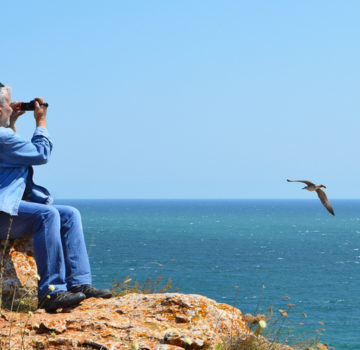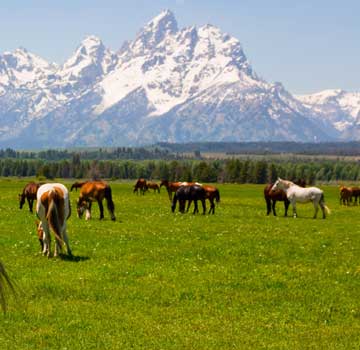Here are some of our favorite places on the Baja Peninsula:
Todos Santos
Founded by missionaries in 1724, the charming Pueblo Mágicoof Todos Santos is an eclectic community of locals, artists, surfers, and New Agers. It’s located at the tip of the peninsula on the Pacific side, but is only about a 50-mile drive across to the Sea of Cortez. The town is being increasingly discovered, but it’s still a great place to stay during your trip to Baja. While you’re there, visit the galleries, enjoy a fabulous meal, and hike the bluffs above the Pacific for great views. The beautiful surf and swim beach, Los Cerritos, is nearby.
The Sea of Cortez
Jacques Cousteau dubbed this biological marvel “the world’s aquarium.” The dazzling waters are so rich with life that UNESCO named the Sea of Cortez and scores of its islands a World Heritage Site. Nearly 40 percent of the world’s total count of marine mammals frequent these waters, including a third of all cetacean (whales and dolphins) species. More than 170 species of seabirds can be found here, while below the surface over 700 species of fish—including whale sharks—ride the gin clear currents. Leatherback turtles nest on the beaches. You can take day trips out into the Sea of Cortez to explore this incredible place, enjoy a cruise that keeps you on the water, or try glamping on an island.
Isla Espíritu Santo
Part of the UNESCO Biosphere Reserve, “Holy Spirit Island” does indeed deserve to be considered a sacred place, with its surrounding reefs of angelfish, parrotfish, sharks, rays, turtles, and dolphins. The island is uninhabited today, but signs of earlier occupation can be found in rock art left behind by the Guaycura and Pericu Indians, none of whom survive today. Isla Espíritu Santo is a very beautiful island—remote and quiet, with dozens of bays boasting empty white-sand beaches and abundant wildlife, including sea lions, whales, manta rays, and sea turtles. While you’re there you can snorkel, kayak, or explore one of the hiking trails that press out across the island’s dramatic terrain.
San Ignacio
The historic village’s clustered date palms and citrus orchards stand in contrast to its arid surroundings. While the village is charming with its traditional town square and shops, the San Ignacio lagoon is the main draw for visiting this place. Gray whales migrate here from northern Alaska every winter to mate and give birth in the warm, shallow waters—now an officially protected gray whale nursery. The best times to see whales is generally December to April. Interestingly enough, the gray whales of San Ignacio seem to enjoy and even seek out interaction with human visitors. It appears that mother whales are intentionally introducing their young ones to people. So if you’ve always wanted to get face-to-face, and even eye-to-eye with a gray whale, let us send you to San Ignacio.
















